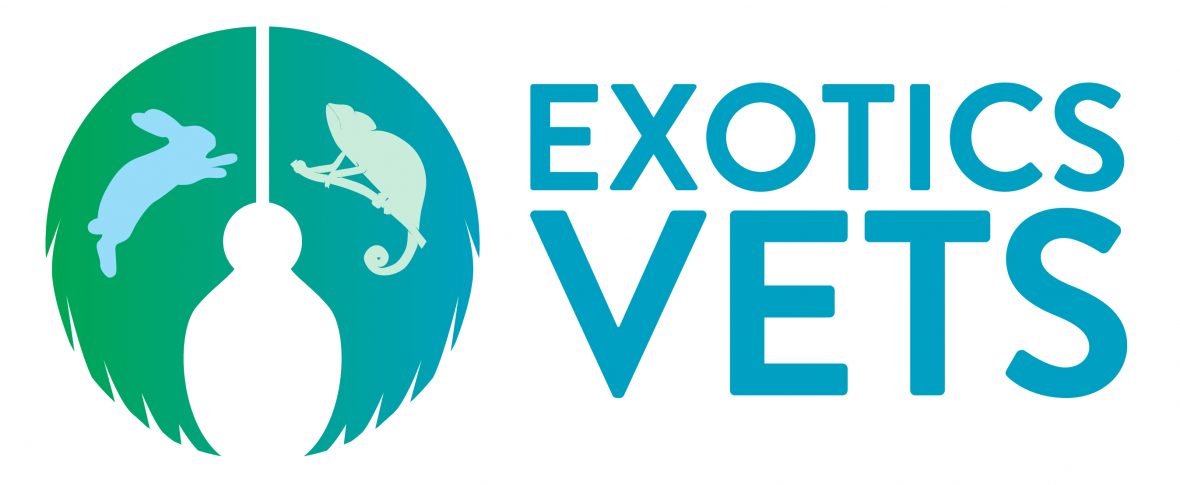On a cold Tuesday morning, you see a rabbit patient booked in as a hospital inpatient. In a cold sweat your mind goes blank and can only think that you haven’t had a coffee yet. But don’t worry, if you want to maximize your inpatient rabbit care read on! You’re among exotics vets!
Your main considerations for rabbit and guinea pig inpatients are:
-
Keep eating all the time
-
Minimize pain
-
Maximize warmth
-
Minimize stress
Now all of these factors lead to the last consideration which is minimize stress. So lets look into how you might achieve that.

1. Keep eating all the time
Rabbits and guinea pigs do not need to be fasted prior to procedures. Due to an extremely well developed cardiac sphincter between the oesophagus and stomach, vomiting and aspiration is not a problem you need to worry about.
In fact, you should worry if your patient is NOT eating, as inappetance can quickly cause systemic problems and death. This primarily occurs from gastrointestinal stasis, negative energy balances leading to hepatic lipidosis, which can be fatal.
So how do i prevent this and keep my rabbit eating?
Good question, i couldn’t have written it better myself!
All the factors listed at the beginning are intricately linked, as you may imagine. So if you have a pain free, stress free and warm rabbit, they are much more likely to eat.
There are a few things you can do to maximize the chance of your rabbit eating whilst in hospital. The first is provide good quality, familiar food from home. Ideally this should be hay and a good mix of leafy green vegetables. As long as it is a healthy food that your rabbit is used to eating. Unfamiliar food is an unnecessary obstacle which you can avoid! Keep your rabbit eating!
If your rabbit will not eat, that’s okay! The third lesser known miracle pillar of exotics care (the first two being enrofloxacin and meloxicam) is Oxbow Critical Care formula, which in a pinch can be syringe fed to an inappetant or unwell patient!
You can also provide prokinetic gut motility agents to keep peristalsis occurring and encourage your rabbit to eat and poo. And eat their poo!
You can read more about prokinetics here!
So to keep your rabbit and guinea pig patients eating:
-
Provide familiar healthy foods
-
Syringe feed Critical Care if not eating
-
Provide prokinetics to encourage good eating and defecating
2. Minimize pain
Now this one is a little more complicated, depending on if you have a healthy patient in for a desexing procedure or an unwell patient in hospital.
Step one of course is to take direct assertive steps to resolving the cause of the pain, for example
-
Dental disease? Correct diet and trim teeth as required.
-
Perineal dermatitis? Correct diet, trim away soiled fur, clean area and provide pain relief as needed.
There are many examples, but the main pillars here are:
-
Correct diet – see point 1
-
Assess and address cause of pain
-
If needed, provide analgesia
We will discuss analgesia more in a separate article, for now remember: Opioids, NSAIDs, local analgesia.
If you can achieve all these goals, then you can get to work of step 3.

3. Maximize warmth
This may be a bit of a curve ball, and one which due to the high anaesthetic knowledge we a vets have, and great resilience of our patients, is not often given enough emphasis in dog and cat inpatients.
Cold patients, especially rabbits, experiencing hypothermia are unnecessarily at risk of complications, including:
-
Prolonged recovery from anaesthesia – cold patients metabolize medications slower
-
Reduced gastrointestinal motility – we put rugs on horses so they stay warm! Keep your small horses warm so they want to eat and stay healthy!
Once you have a warm patient, everything is easier, and much more importantly they are happier, which leads to …
4. Minimize stress
Rabbits and guinea pigs are prey animals, they instinct and behaviour is based around this and they have impressive and potentially fatal stress responses from adrenaline and their sympathetic nervous systems.
Stress alone can be enough to cause a rabbit to not in in hospital, which is why once you’ve addressed steps 1,2 and 3, you should attempt to reduce stress in your inpatients by implementing the following:
-
If possible separate your exotic inpatients from dogs and cats in the clinic, both visually and aurally. If your rabbit can see and hear that huge husky barking at them across the room, they will feel more like food than eating food.
-
Create familiar surroundings – this should include familiar food from home, a familiar drinking source (dripper bottle or bowl). The next level of creating this enriched familiar environment is toys and maybe even a bunny friend from home! These friends and changes may be the difference between a healthy happy rabbit and an inappetant patient.
-
Improve your rabbit and guinea pig handling! Make sure you always hold and carry your rabbits and guinea pigs carefully and correctly. BRING YOUR TOWEL! You can refresh your handling knowledge here:
If you take these steps you can maximize your rabbit and guinea pig care, minimize complications and help keep your bunny patients bouncing!
So remember:
-
Keep eating all the time
-
Minimize pain
-
Maximize warmth
-
Minimize stress
This is also pretty good daily advice to follow as a vet!
Hop to it!
